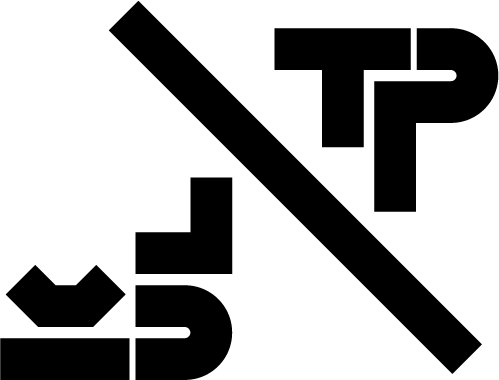Common Gardens of Gandhi’s pathway
The Common gardens of Gandhi urban renovation project has received acclamation as the 3rd place in the private competition held by the Renovation Organization of Tehran with the intent to develop a pathway that could link two highly active and important areas in Tehran.
This project has a close connection to the neighboring green areas and tends to set an expandable design principal based on the concept of “Micro Garden” to retrieve the street from cars and give it back to the citizens.
The site is located in the east side of district 6 of Tehran with an East-West view corridor. The position of Vali-Asr Street, the main historical urban spine of the city on the West side, and Abbas Abad green lands on the East side of the project and the vital role of the connection axis in-between, which was seen in the masterplan of Tehran, and finally the occasional visual openings towards the Alborz mountains in the North, forms a unique situation for this project. And what we are facing today is recognizing the site as an urban destination rather than a connection path from Vali-Asr to the Abbas Abad lands.
The project has a close connection to the neighboring green areas (Vali-e-Asr Street and the Abbas Abad hills) and tends to set an expandable design principal based on the concept of “Micro Garden” to retrieve the street from cars and give it back to the citizens.
The pervasive design could be expanded throughout the whole neighborhood and activate the spatial potential of 6th and Shafagh dead-ends and the Palizvani street altogether.
This project is designed considering four different layers: Geographical layer, infrastructural layer, the layer of specific landmarks in the design area, and the layer of functional (office-residential) buildings. in this manner, the designed space is defined within the common space between private spaces, geographical instances, green spaces, and certain centers in-between the two prominent geo-political locations of the city.
